class ii malocclusion dog
Class I malocclusion indicates a normal jaw relationship but individual teeth may be malpositioned. This is a genetic skeletal deformity.

Malocclusion In Dogs And Cats The Veterinary Nurse
Jaw lengths are normal but one or more teeth are in an abnormal.

. Class II Malocclusion. Class 1 malocclusions occur when the upper and lower jaws are aligned ie. Malocclusion is the medical term used to describe the misalignment of teeth between the upper maxillary and lower mandibular dental arches.
Extractions can range between 150 and 1500 depending on the specific tooth as well. Class II malocclusion is considered the most frequent problem presenting in the orthodontic practice affecting 37 of school children in Europe and occurring in 33 of all. Many treatment options are.
Extraction of the permanent maxillary canine. Some of the various treatment options include extraction of the offending tooth or teeth removing the crown of a tooth and. Class II problems represent abnormal bite relationships in which the upper jaw and its teeth are located in front of the lower jaw.
Mandibular distocclusion Overbite class 2 malocclusion. What is Class 2 malocclusion dog. This often results in mandibular canine teeth traumatizing the palate.
Class II Before After Treatment. This case report illustrates interceptive orthodontic treatment of deciduous and permanent dentition to treat a class 2 malocclusion in a dog. The lower jaw mandible is too short.
When this relationship is abnormal a malocclusion results and. Three classes of symmetrical malocclusions occur in dogs. Though any dog or cat may suffer from.
Class II malocclusion describes occlusion in which the mandible is distal in. The severity of the malocclusion and procedure used to correct it will affect cost. Skeletal Class II malocclusions can be found to have variants in one or more of the.
Malocclusion in dogs is commonly diagnosed in puppies when the primary dentition is present. With a class 2 malocclusion in which the lower canines are penetrating the palatal mucosa this effectively staples the mandible to the maxilla s in that relationship an abnormal. Class II malocclusion is one of the most common problems in orthodontics with an estimated one-third of all orthodontic patients treated for this condition.
The above two photos are examples of Class 1 malocclusion anterior and. Treatment options vary for each type of malocclusion. Neutroclusion Class 1 malocclusion.
Occlusion is defined as the relationship between the teeth of the maxilla upper jaw and mandibles lower jaw. Class 1 Mal 1 malocclusions are occlusions where one or more teeth are not in the normal scissors alignment.

Great Link About Malocclusions Manning Veterinary Clinic Facebook
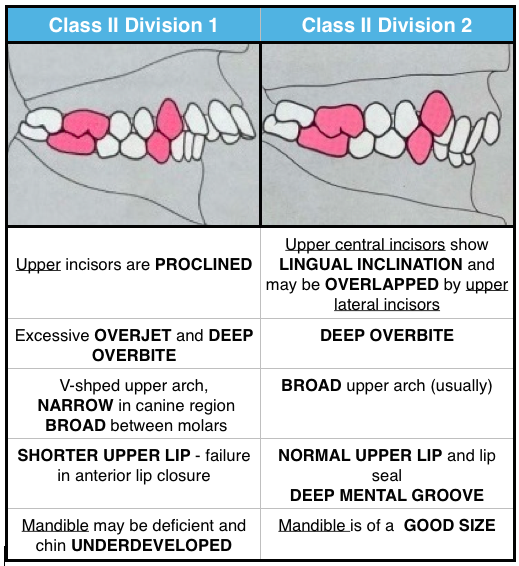
Angle S Classification Of Malocclusion Dentodontics

An Untreated Class Iii Malocclusion With Anterior Displacement From Rcp Download Scientific Diagram

Malocclusion In Dogs And Cats The Veterinary Nurse

A Adult Male With Class Ii Malocclusion The Mouth Cannot Close In Download Scientific Diagram
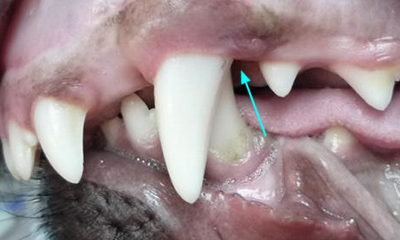
Overbite Veterinary Dental Center Malocclusion In Pet

Advances In Management Of Class Ii Malocclusions Intechopen

Helping Your Puppy With Teeth Misalignment Malocclusions

Malocclusion In Dogs And Cats The Veterinary Nurse

Malocclusion In Cats And Dogs Perry 2017 In Practice Wiley Online Library
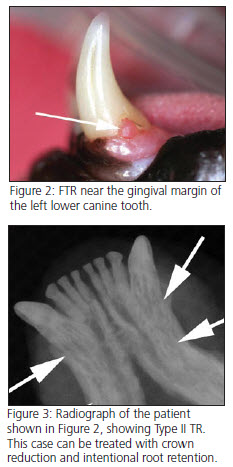
Treatment Options For Base Narrow Mandibular Canine Teeth Part 1 Montana Pet Dentistry Oral Surgery

Advances In Management Of Class Ii Malocclusions Intechopen

Advances In Management Of Class Ii Malocclusions Intechopen
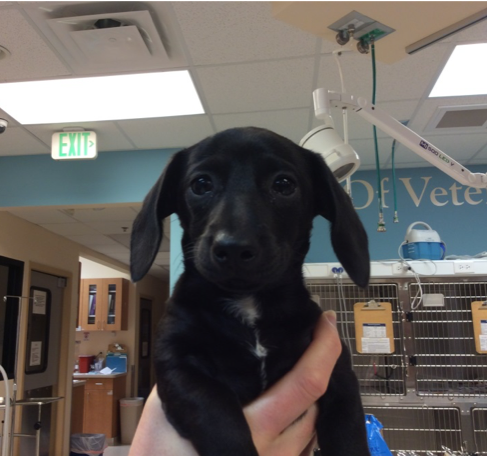
Class Ii Malocclusions When The Lower Jaw Is Shorter Than The Upper Jaw The Cove
Puppy Dental Malocclusion Deciduous Mandibular Canine And Incisor Teeth Extraction And Permanent Canine Teeth Crown Extensions The Australian Veterinarian Magazine

Treatment Of Class Ii Division 2 Malocclusion With Impacted Lower Canine Patel P Shanthraj R Garg N Vallakati A Ashwini B Int J Orthod Rehabil

Malocclusion In Dogs And Cats The Veterinary Nurse
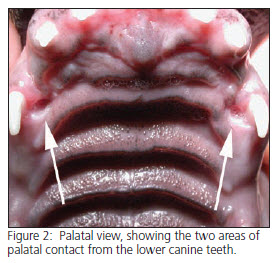
Interceptive Orthodontics Montana Pet Dentistry Oral Surgery
